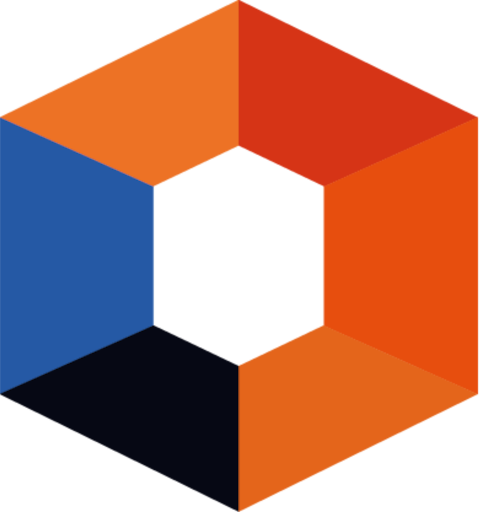The AI Content Paradox: Who Pays When Machines Learn for Free?
As AI reshapes how we search and consume information, we’re witnessing the emergence of a fundamental economic disruption that threatens the very foundation of content creation.
The Great Content Extraction
We’re living through a quiet revolution. While you read this, AI systems are systematically crawling, indexing, and learning from virtually every piece of content on the internet—for free. Unlike Google’s early days, where search results drove traffic back to creators, today’s AI tools like Perplexity, ChatGPT, and Claude provide direct answers without the clickthrough.
The math is stark: AI learns from your content, but your content doesn’t learn revenue from AI.
The Incentive Collapse
This creates what we call the “Content Creator’s Dilemma”—a scenario eerily similar to the classic tragedy of the commons:
- Visibility Dependence: Creators must be indexed by AI to remain discoverable
- Traffic Erosion: AI answers reduce the need to visit original sources
- Monetization Breakdown: No clicks means no ad revenue, no affiliate commissions, no subscription conversions
Push this logic to its endpoint: if AI consumes content without compensation while traditional monetization channels dry up, what incentivizes quality content creation?
The Google Precedent—And Why It Won’t Save Us
Google solved this paradox through an elegant value exchange:
- Traffic as Currency: Search results drove valuable visitors to websites
- Monetization Ecosystem: AdSense, affiliate programs, and lead generation flourished
- Mutual Benefit: Users found answers, creators earned revenue, Google captured attention
But AI search fundamentally breaks this model. When Perplexity synthesizes an answer from 12 sources, those sources receive zero traffic—yet their intellectual property powered the response.
The Economic Urgency
We’re approaching a critical inflection point. Content creators—from independent bloggers to major publications—are already reducing output as traditional revenue streams diminish. Meanwhile, AI models grow more sophisticated by training on this very content, creating a parasitic relationship that’s economically unsustainable.
The question isn’t whether AI will reshape content economics—it’s whether we’ll build sustainable compensation models before the content ecosystem collapses.
Solutions on the Horizon
Forward-thinking AI companies are beginning to explore revenue-sharing frameworks:
- Direct Attribution Payments: Compensating creators when their content contributes to AI responses
- Content Licensing Partnerships: Formal agreements with publishers and creators
- Subscription Revenue Sharing: Distributing portions of AI tool subscriptions to content sources
- Creator Partnership Programs: Exclusive content deals with AI platforms
Why This Matters for Brands
At HubStudio, we see this shift as both challenge and opportunity. Brands investing in AI-generated content must consider:
- Future-Proofing Content Strategy: How will your content be discovered and monetized in an AI-first world?
- Quality Over Quantity: As traditional SEO becomes less relevant, authentic, high-quality content becomes more valuable
- Direct Audience Relationships: Building owned channels becomes critical when search traffic disappears
The Path Forward
The AI industry must urgently develop sustainable creator compensation models. This isn’t just about fairness—it’s about self-preservation. AI systems require fresh, high-quality content to remain valuable. Without economic incentives for creators, AI risks training on an increasingly stagnant dataset.
The companies that solve this paradox first won’t just win the AI race—they’ll define the future of digital content economics.

